Advance Reservations Required
Check the Imperial Household Agency Website Daily — and Never Give Up!
Katsura Imperial Villa is called Katsura Rikyu in Japanese, and I’ll refer to it that way throughout this article. The word rikyu refers to a palace built outside the main Imperial or Royal Palace.
Katsura Imperial Villa (Katsura Rikyu) is open only to visitors who have made advance reservations or those lucky enough to secure a same-day spot. Reservations aren’t granted on a first-come, first-served basis — instead, they’re decided by a lottery held each night.
So even if the website shows two open spots, if five people apply on the same day, the participants will be chosen by lottery. However, if there are cancellations, new openings may appear — so by checking the website daily, you might be lucky enough to snag a reservation.
So it’s important not to give up until the very last minute. I finally won the lottery just four days before my trip..!
We’re finally heading to the long-awaited Katsura Rikyu!
From Kyoto Station to Katsura Rikyu
Saryo FUKUCHA Kyoto Station Store
Katsura Rikyu is located a bit out of the way, so we took a bus from Kyoto Station. No matter how many times I visit Kyoto Station, its scale and design never fail to impress me — I always end up taking photos of it.
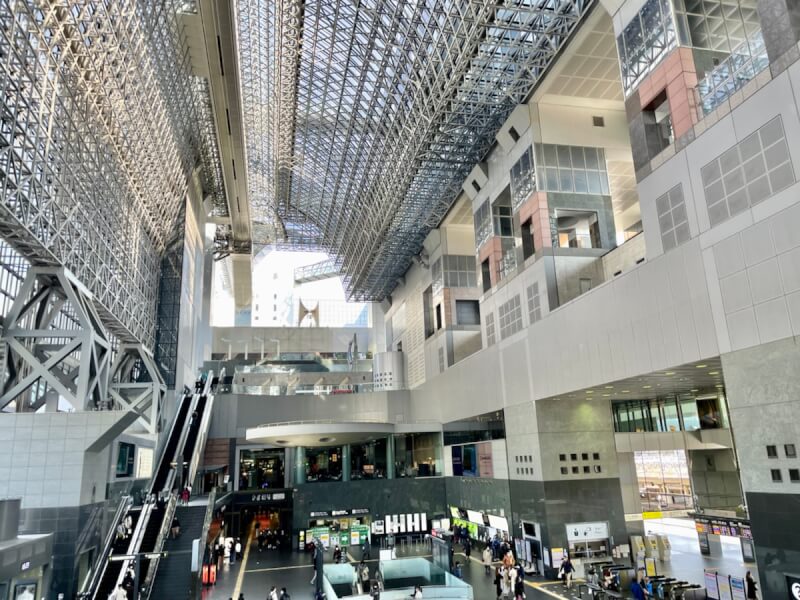
I had some time to kill before my bus ride, so I took a short break at Saryo FUKUCHA Kyoto Station Store.
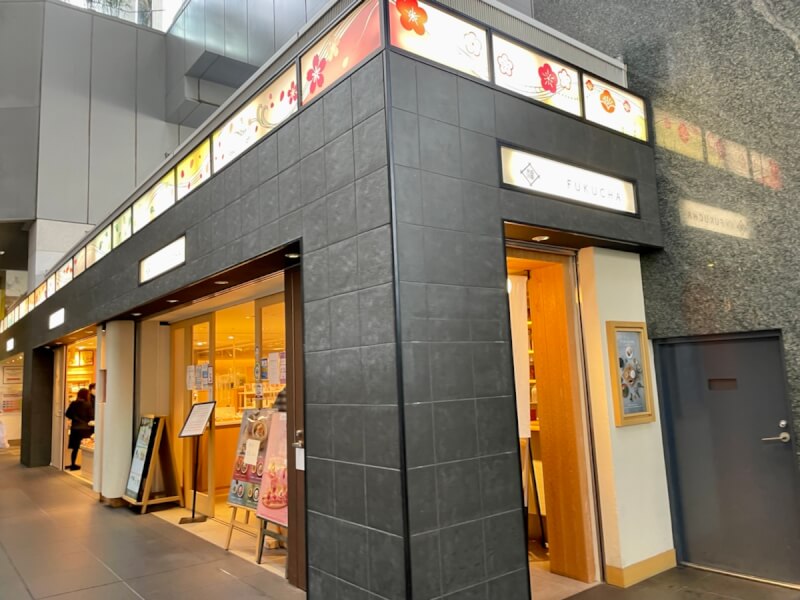
I had a cup of Uji tea, a premium green tea produced in Uji, Kyoto — one of Japan’s most famous tea-growing regions.
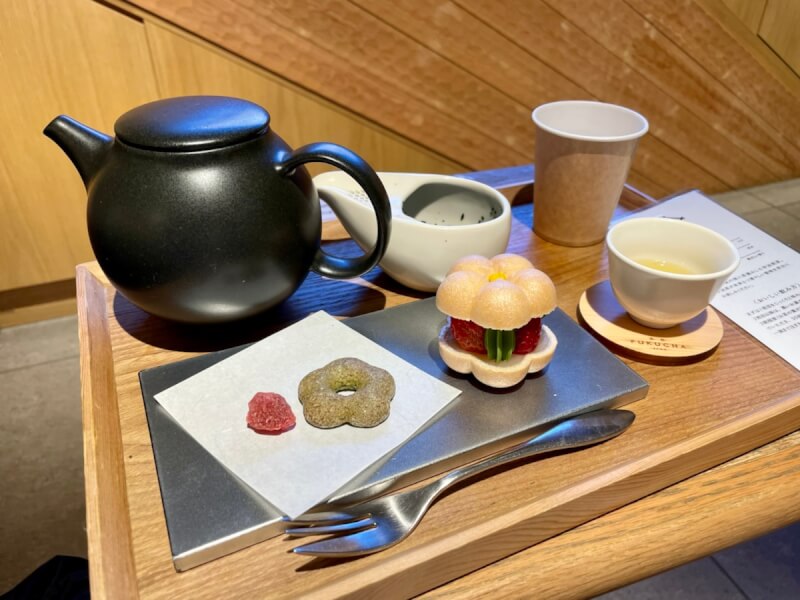
This pastry, called monaka, is filled with white bean paste and fresh strawberries.
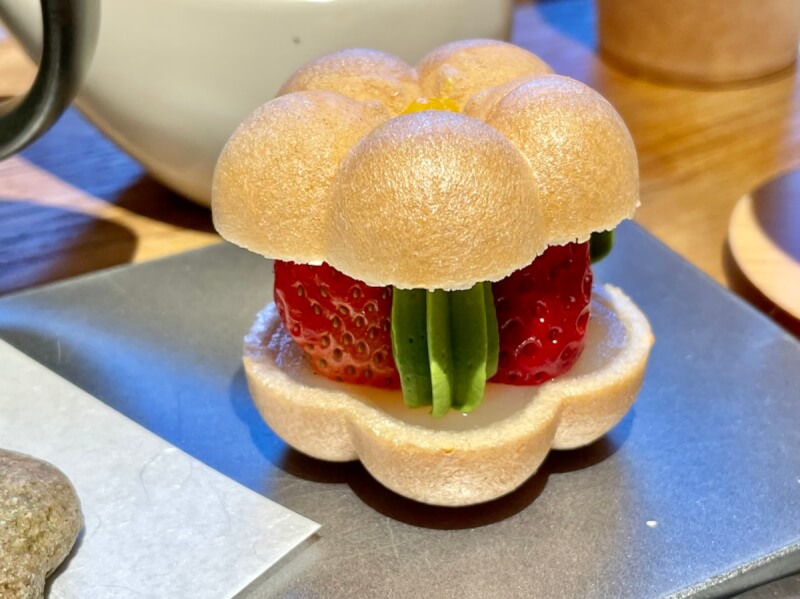
This is my first time trying Uji tea, and it tastes completely different from what I expected…!
From Kyoto Station, Take a Bus to Katsura Rikyu
There seem to be several ways to get there, but we took Keihan Kyoto Kotsu Bus Line No. 26. When we got off at the “Katsura Rikyu-mae” stop, we were surprised to find ourselves in the middle of a quiet residential neighborhood.
As we walked along, we were surprised to come across a field managed by the Imperial Household Agency.
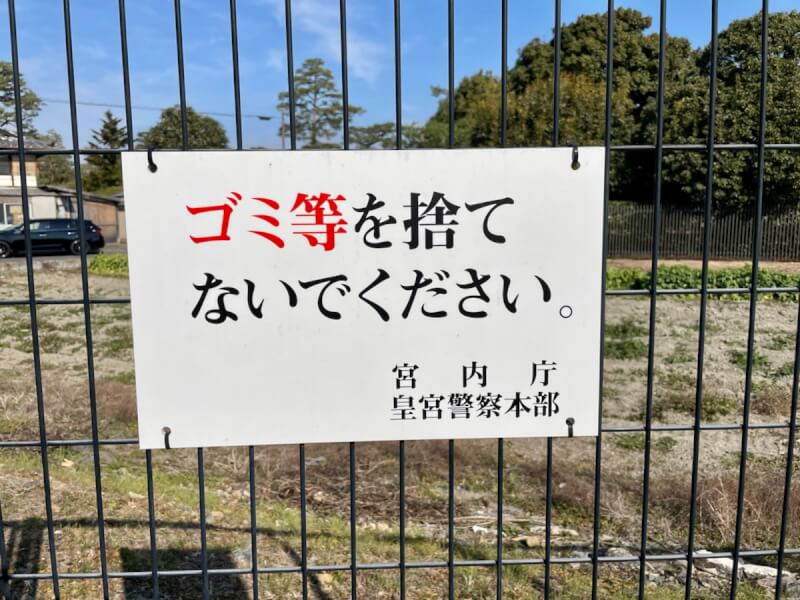
It takes about 15 minutes to walk from the bus stop to the entrance of Katsura Rikyu. At the entrance, you’ll find one of the villa’s famous bamboo fences — the hogaki.
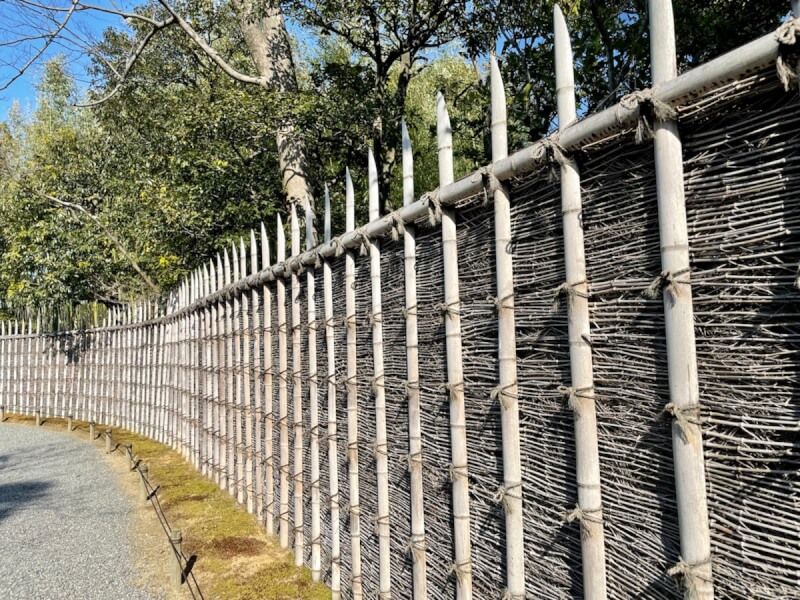
I missed seeing the other famous bamboo fence, the sasagaki… (crying)
Guided Tour of Katsura Rikyu
Hospitality and Playfulness in Every Detail
Katsura Rikyu is a place where the beautiful gardens and tea houses built more than 300 years ago have been carefully preserved and still remain today. Seeing it only in books, I had no real sense of what it was like — so my expectations were high.
The tour of Katsura Rikyu took about an hour, during which we walked through the gardens with a guide. At first, I thought, “I kind of wish we didn’t need a guide,” but I soon realized how essential they were! It turned out to be an incredibly rewarding experience — one I appreciated right away.
Once inside, you’ll walk along the Miyuki-michi, a stone-paved path. It’s beautifully designed and surprisingly easy to walk on, with both sides slightly lowered to allow for good drainage.
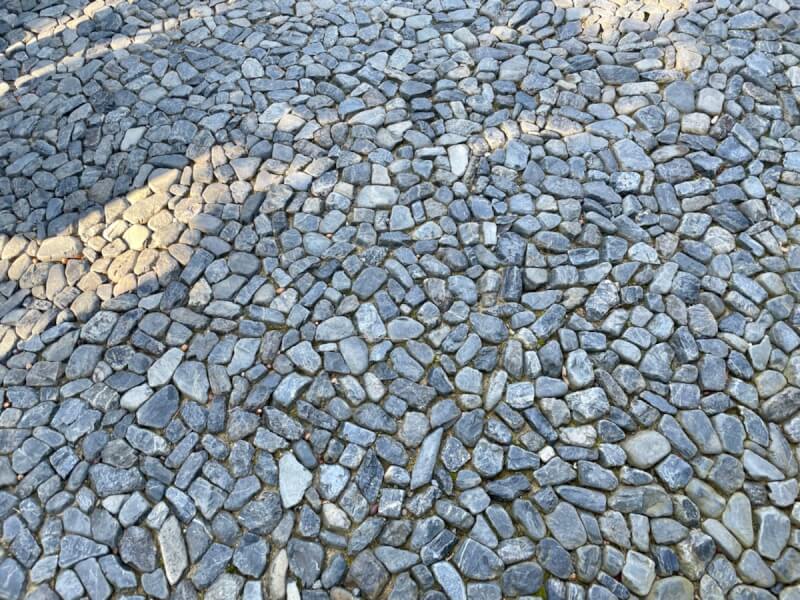
This is Miyuki-mon, the main gate of Katsura Rikyu. The pillars are quite stylish — they retain their natural bark instead of being stripped away, giving them a rustic elegance.

The path leading to Miyuki-mon is slightly wider toward the gate, creating the illusion of greater depth and distance. It’s fascinating to think that a visual trick similar to what’s used at Disneyland has existed here in Kyoto for over 300 years.
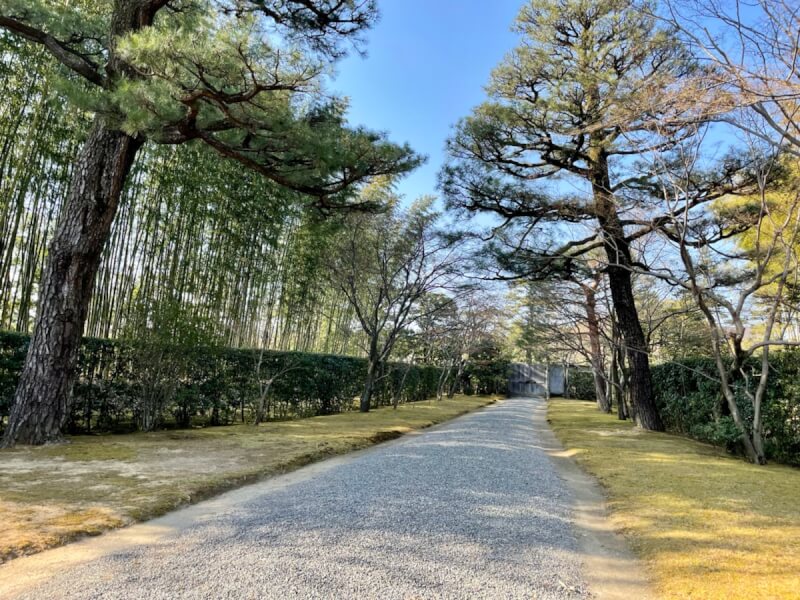
Amazing Scenery That Changes One After Another
The first stop is Okoshikake. It’s a small hut, but it’s said that visitors once stopped here to adjust their attire before participating in a traditional Japanese tea ceremony.
Sitting here, you can see a group of trees called Sotetsuyama. The sotetsu — known in English as the Japanese sago palm — doesn’t naturally grow in this area. It was originally a gift from the Satsuma Shimazu family, who ruled the region now known as Kagoshima Prefecture.
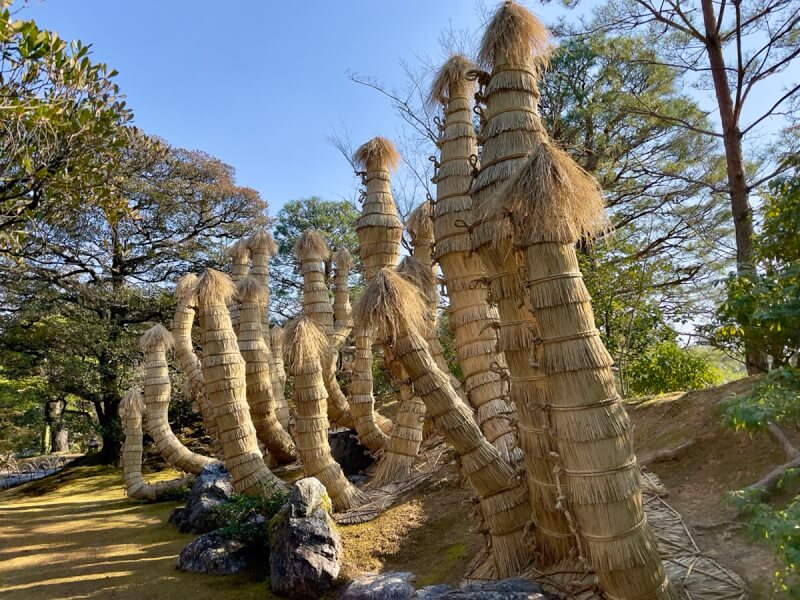
Winters in Kyoto are cold, so the sotetsu, which normally grows in warmer regions, is wrapped in straw to protect it from the frost. People have always been fascinated by rare and unusual things.
This is said to be called a Nijū Masugata Chōzubachi.
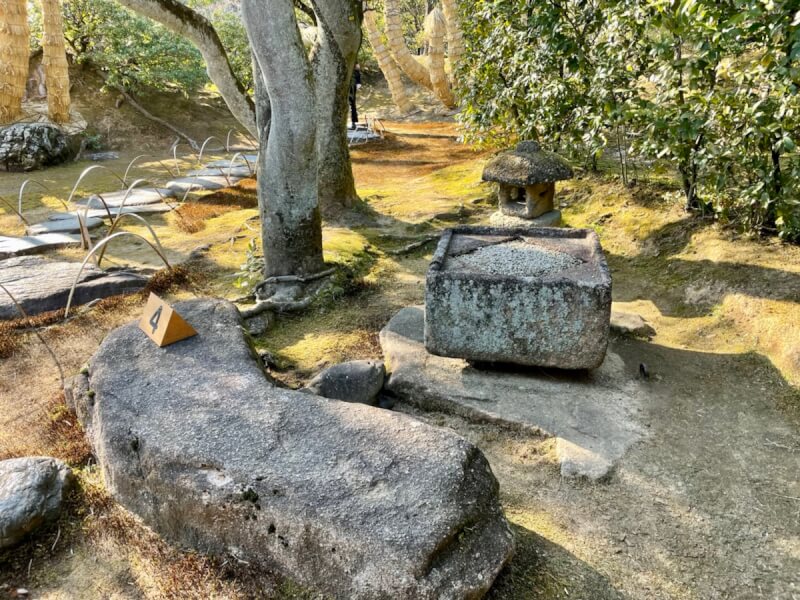
The word nijū means “double.” A Nijū Masugata Chōzubachi is a type of stone water basin used in traditional Japanese gardens and tea ceremony settings.
Its distinctive design features two square basins nested within each other, and visitors once used the water to purify their hands before entering a teahouse.
After a short walk, the next view opens up to a pond. This scene represents the sea, and the bridge in the center is said to have been inspired by Amanohashidate. The lantern behind the stone pavement is said to symbolize a lighthouse. It’s a beautiful and poetic sight.
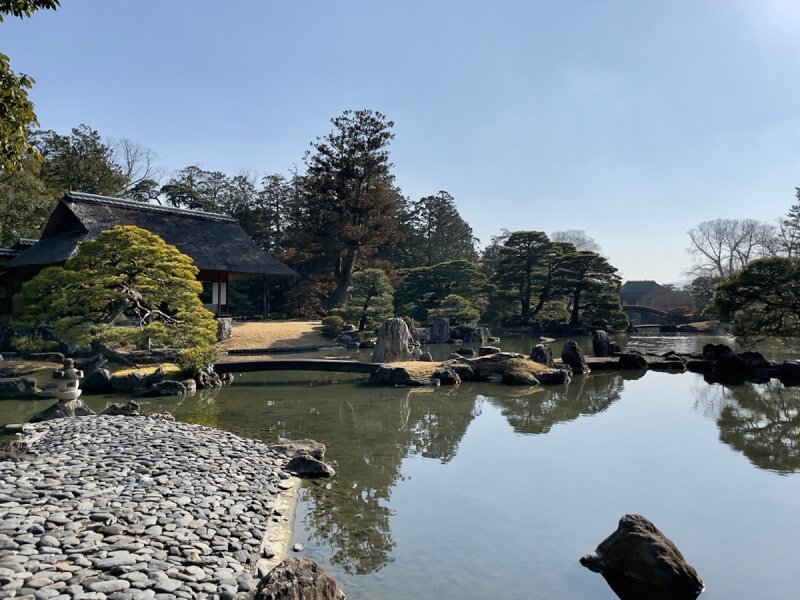
Crossing the stone bridge over the pond, you’ll arrive at Shōkin-tei. The bridge is quite narrow — only about 65 centimeters wide — so be careful not to lose your balance!
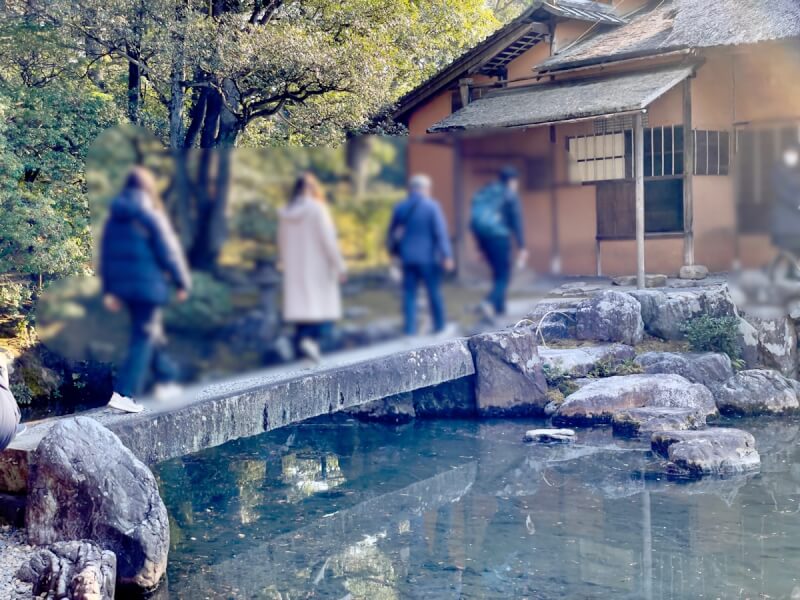
Shōkin-tei is said to be the most prestigious teahouse in Katsura Rikyu. It is also known as the teahouse that represents the winter character of the villa.
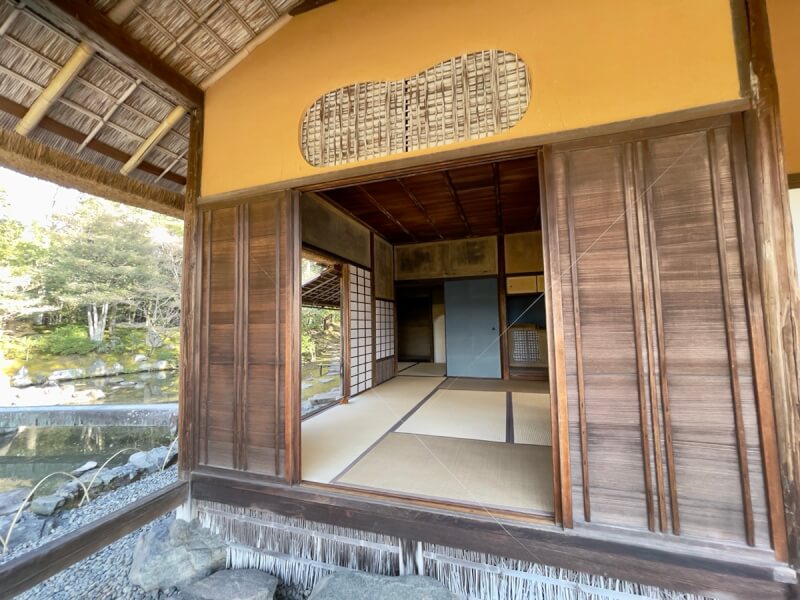
The blue and white checkerboard pattern looks strikingly modern.
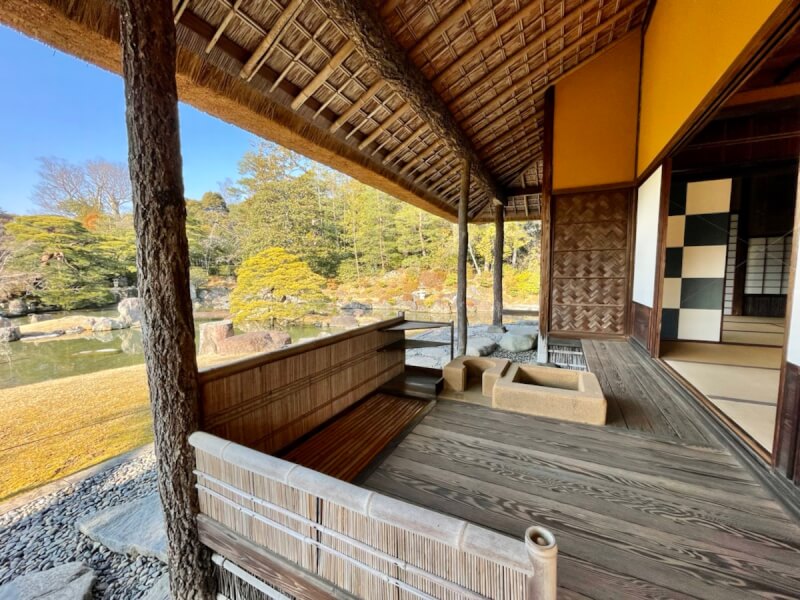
If I tried to describe everything, this article would never end — so I’ll skip a few. Next is Onrindō. Unlike the others, this is a Buddhist hall, not a teahouse.
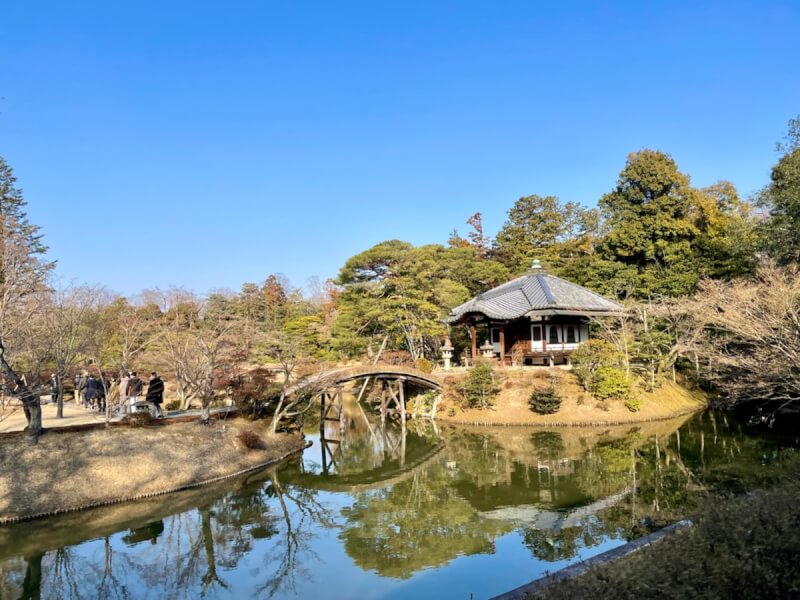
Its slightly rounded shape gives it a unique charm, different from the other teahouses. The roof style is called hōgyō-zukuri, or a pyramidal roof.
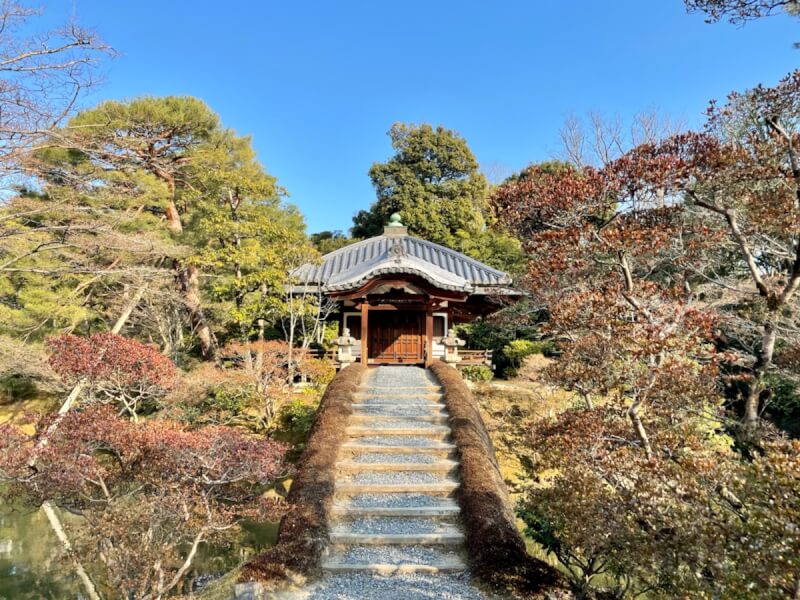
The spirit tablets of the Katsura family were enshrined here in this hall.
Next is Shōiken. The spacious area of land along the pond once served as a landing place for boats. Within Katsura Rikyu, each teahouse could originally be accessed by boat.
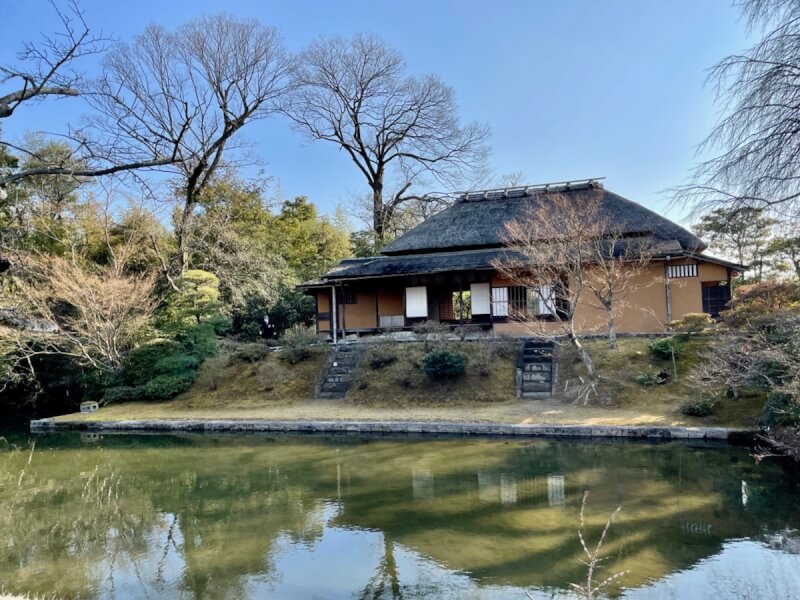
It’s a really enjoyable place to stroll around, offering a different view with every step.
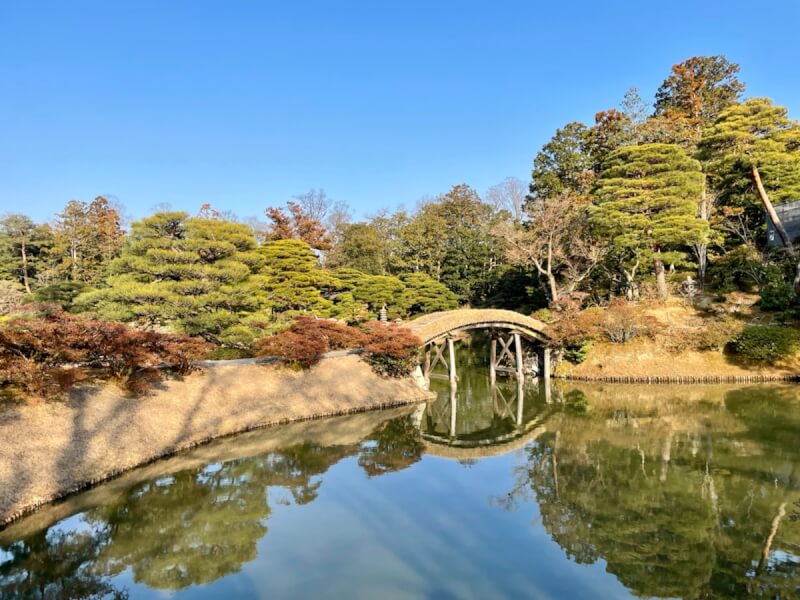
Goten — The Center of Katsura Rikyu
The Goten is the central building of Katsura Rikyu. It was constructed in three phases over a span of about 40 years — beginning with the Ko-shoin (1624), followed by the Chu-shoin (1641), and finally the Shin-goten (1663).
Each building is arranged in a zigzag pattern. This layout is called the gankō (“flying geese”) arrangement, named after the way geese fly in formation.

Unfortunately, part of the building was under renovation, so we couldn’t see the full view — but that just gives us a reason to come back.
The Ko-shoin features a balcony called Tsukimidai, designed for moon viewing. It’s truly elegant.
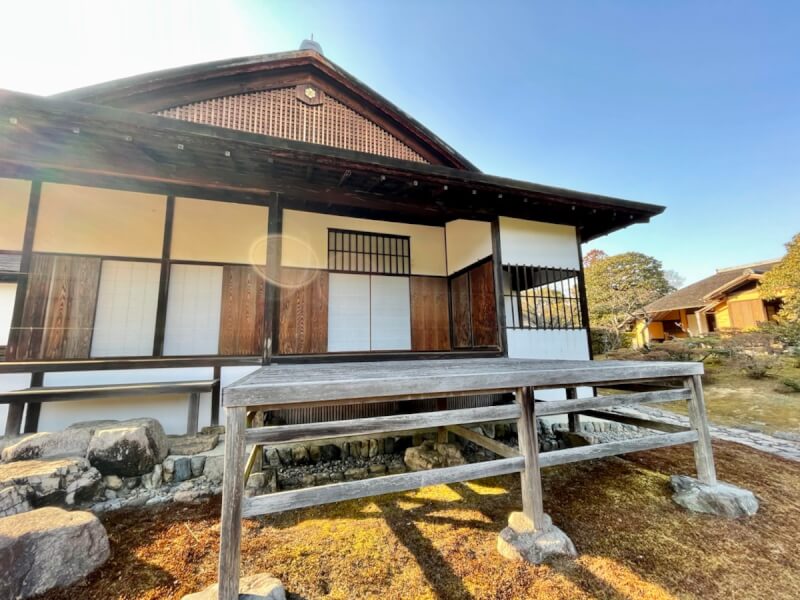
From the Tsukimidai, you can see the pond, the trees, and the moon all at once. It’s a beautifully calculated design, perfectly arranged to offer an unobstructed view of the moon.
Guided Tour Concludes at Gepparō
The teahouse you see at the end of the tour is Gepparō. From here, you can look across the pond and see Shōkin-tei on the opposite side.
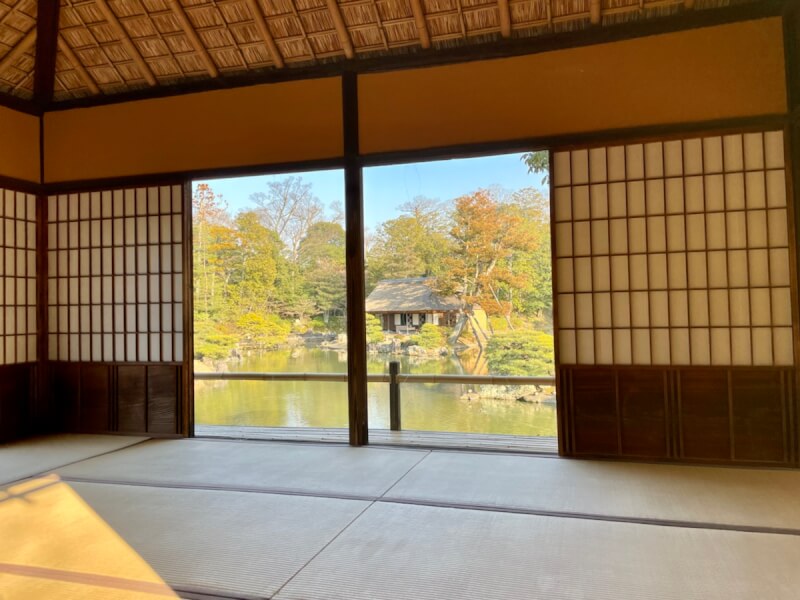
The ceiling is designed to resemble the bottom of an upturned ship — a style known as a ship’s bottom ceiling. It’s decorated with paintings of ships, and the slender, curved pillars supporting the center appear delicate but are actually ornamental rather than structural.
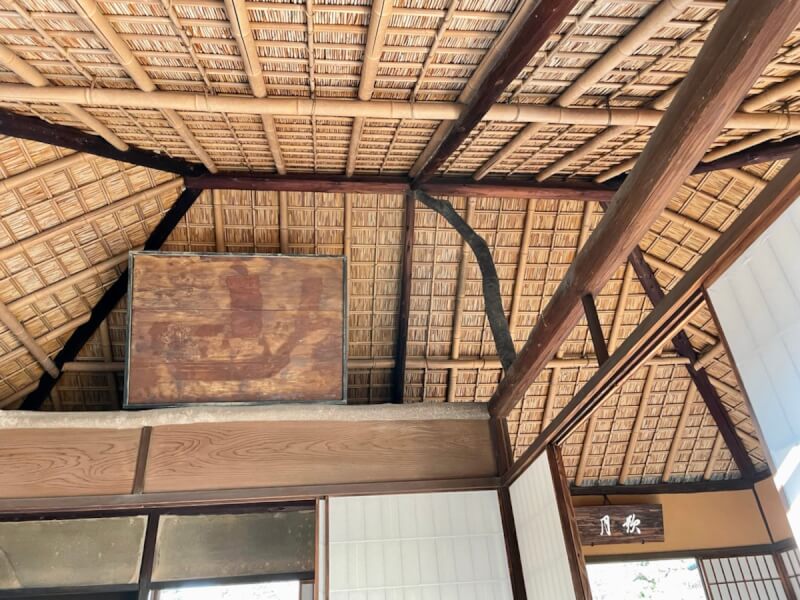
This design choice was made to give the space a light and elegant appearance.
I Want to Come Back to Enjoy the Beauty of All Four Seasons
The path ends with a pine tree called Tsuitate-matsu. It’s said to heighten the sense of anticipation by blocking the view of the inner garden from the outside.
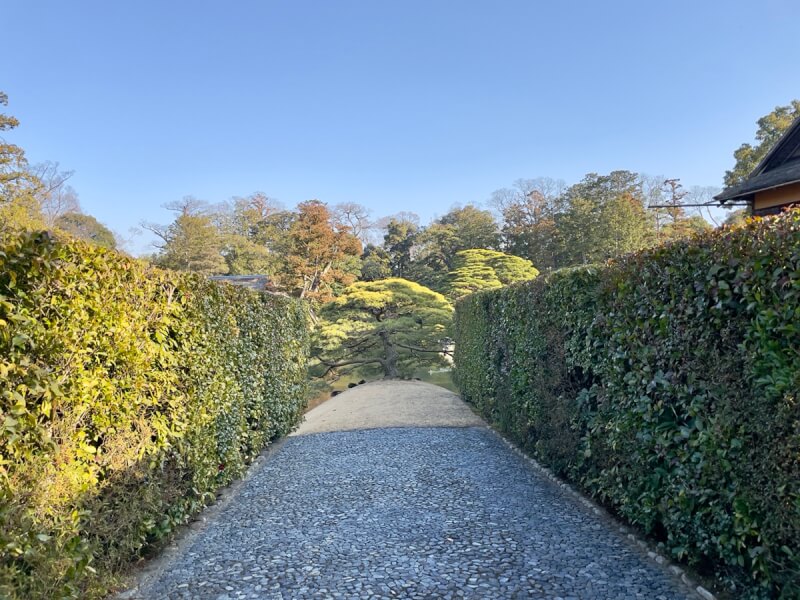
It’s so graceful to blur the view with pine trees rather than hide it completely. The meticulous sense of playfulness in every detail was truly impressive. The circular garden offered an incredible amount to see and learn in just about an hour.
I’ve heard that the atmosphere changes beautifully with each season, so I’d love to visit again at a different time of year. Still, part of me hesitates to make another reservation — I’d like others to have the chance to experience it too. It was truly an unforgettable visit that makes me want to return someday.
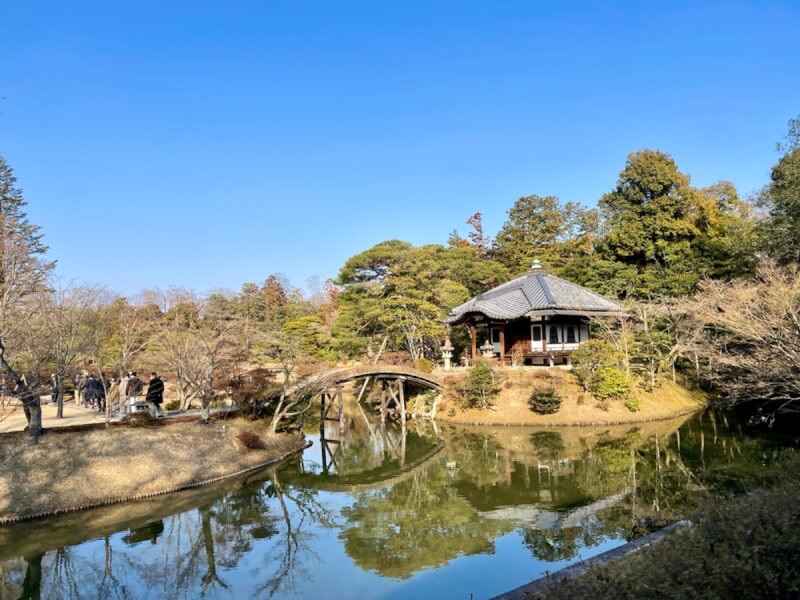
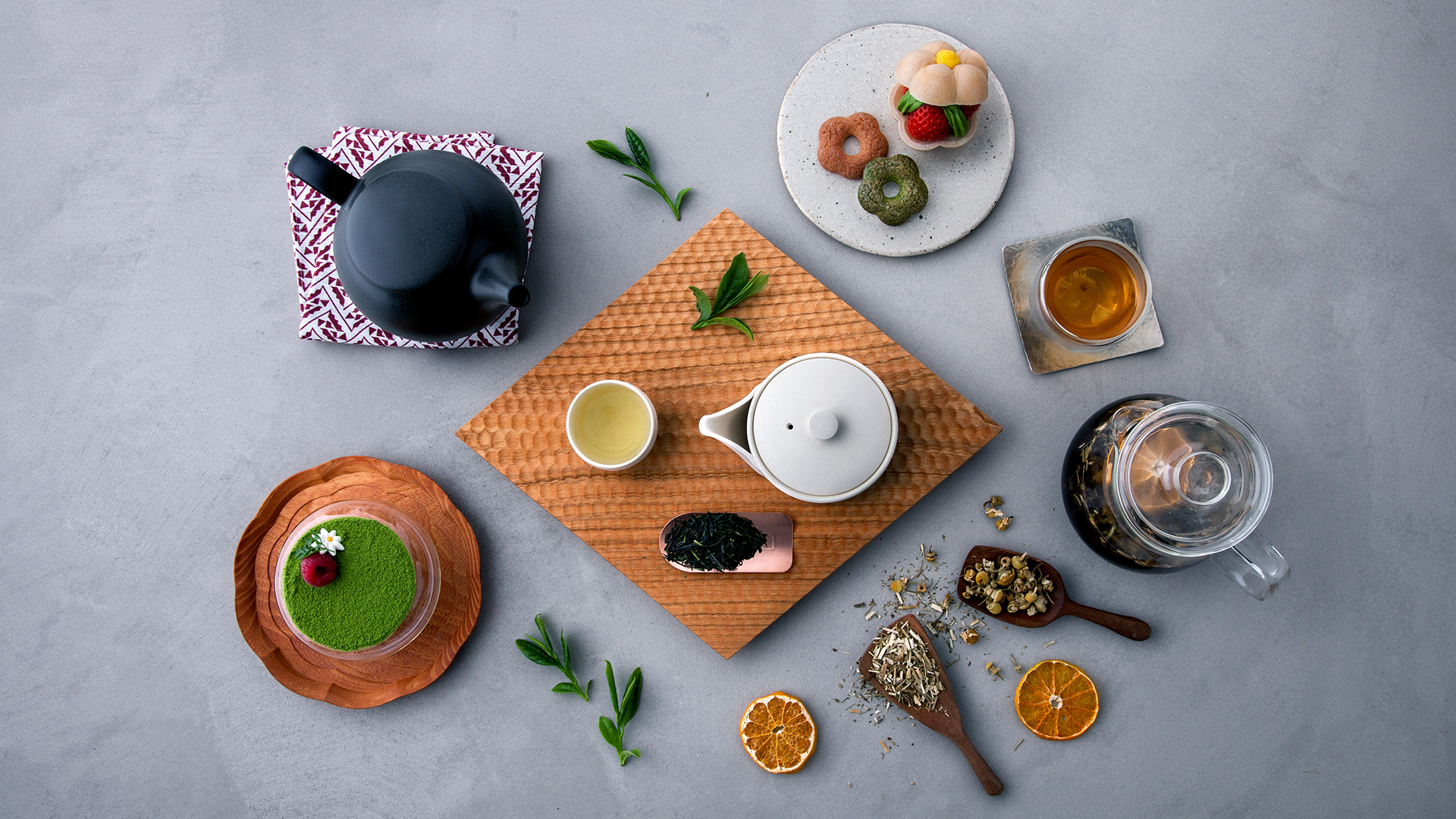
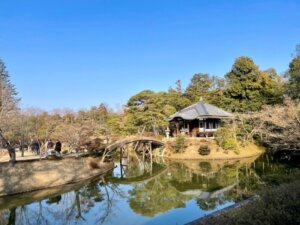
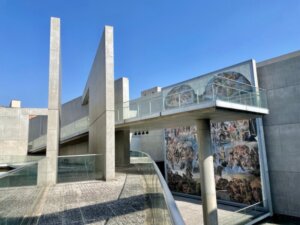
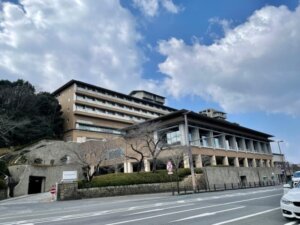
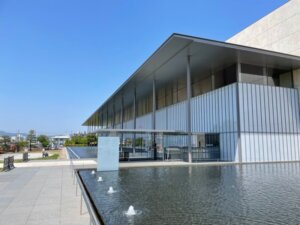
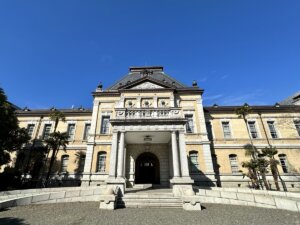
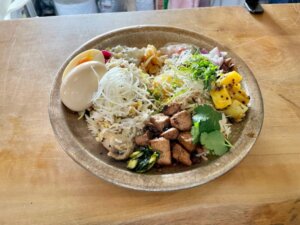
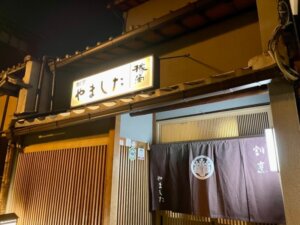
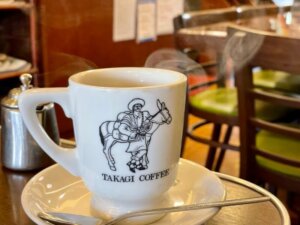
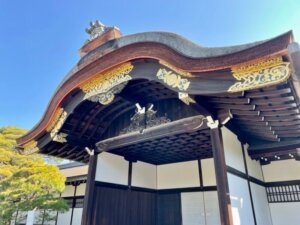
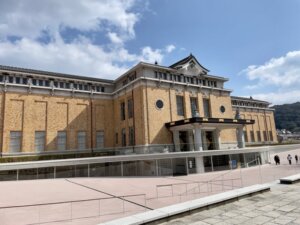
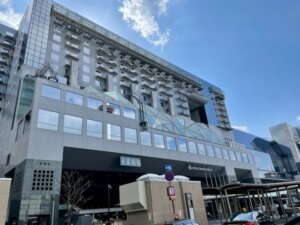
Comments